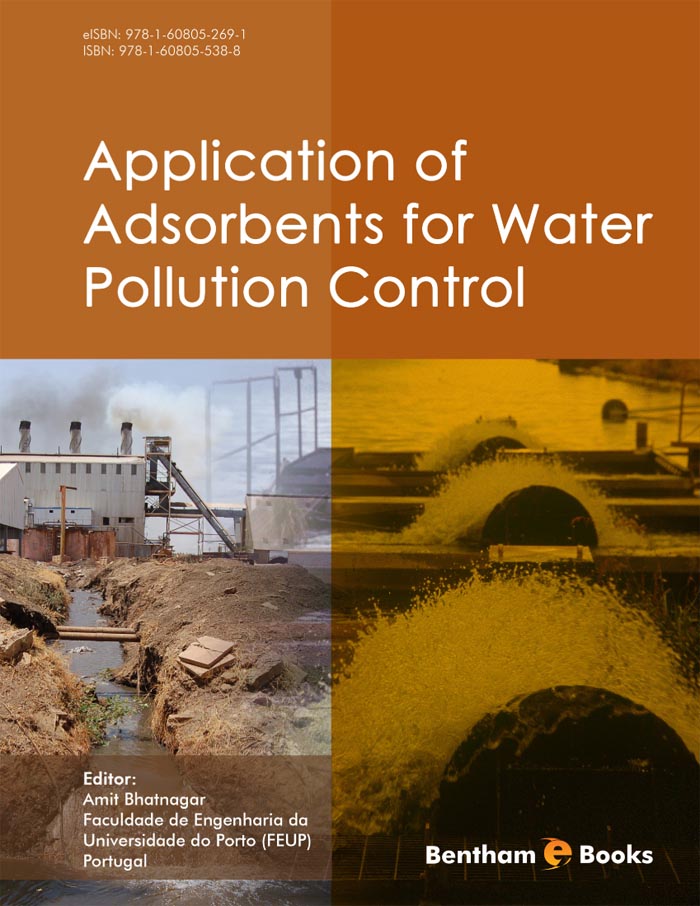Introduction
Among various water and wastewater treatment technologies, the adsorption process is considered better because of lower cost, simple design and easy operation. Activated carbon (a universal adsorbent) is generally used for the removal of diverse types of pollutants from water and wastewater. Research is now being directed towards the modification of carbon surfaces to enhance its adsorption potential towards specific pollutants. However, widespread use of commercial activated carbon is sometimes restricted especially in developing or poor countries due to its higher costs. Attempts are therefore being made to develop inexpensive adsorbents utilizing abundant natural materials, agricultural and industrial waste materials. Use of waste materials as low-cost adsorbents is attractive due to their contribution in the reduction of costs for waste disposal, therefore contributing to environmental protection. This e-book explores knowledge on recent developments in adsorbents synthesis and their use in water pollution control. This handy reference work is intended for researchers and scientists actively engaged in the study of adsorption and the development and application of efficient adsorption technology for water treatment. This e-book covers a wide range of topics including modeling aspects of adsorption process and the applications of conventional and non-conventional adsorbents in water remediation emphasizing sorption mechanisms of different pollutants on the adsorbents.

